Digital X-rays
May 8th, 2024

Modern orthodontic technology has changed the way you wear braces. Brackets are smaller and come in a variety of shapes and colors. Wires are more efficient. Clear aligners can eliminate the need for brackets and wires altogether. And your high-tech advantages don’t stop there—today’s digital X-rays make creating your treatment plan even more convenient and efficient.
Why Are X-rays Necessary?
Beautifully aligned teeth and a healthy bite are the visible result of your orthodontic work, but there’s a lot going on above and below the surface that needs to be discovered and taken into account before your treatment even begins. X-rays help Dr. Cassy Wiggins evaluate:
- The size, shape, and position of your teeth, including impacted teeth and wisdom teeth
- The size, position, and health of your roots throughout treatment
- The size and shape of your jaw bones, and how they affect your teeth alignment and bite
- Your progress during different phases of treatment
- The most effective type of retainer for protecting your beautiful smile after treatment.
How Do X-rays Work?
Traditional X-rays, or radiographs, make use of film just like traditional cameras. When you have an intraoral X-ray, for example, the film is sealed in a moisture- and light-proof packet, and placed inside the mouth to capture images of specific teeth and the bone around them.
The X-ray machine is aligned precisely with the film and an exposure is taken. The image at this point is latent, and won’t show on the film, because, just like photo film, traditional radiographs need to be chemically processed before they produce a visible image.
Digital technology, on the other hand, uses an electronic sensor instead of film. For an intraoral digital X-ray, a small sensor is positioned in the mouth just like a film. When the X-ray is taken, a digital image capture device produces an image which is formed by a matrix of pixels instead of a photo-like film exposure. This format allows the image to be sent directly to a computer for immediate display without requiring processing.
Even though these methods seem very similar, digital X-rays offer some significant advantages over traditional films. Let’s look at how they compare, more or less.
- More Diagnostic Advantages
A traditional X-ray is a fixed image. It cannot be modified or enhanced. Here the digital X-ray offers a clear advantage in evaluating your teeth and the bone structure surrounding them.
Just as you can enlarge certain types of images on your computer without blurring or losing detail, a digital X-ray uses computer software to magnify images while keeping their details sharp. They can also be enhanced through brightness and contrast applications to make details stand out even more.
There is even digital subtraction radiography software available that can be used to compare recent images to older ones, removing (“subtracting”) all the similarities in the two images to display only the changes in the two—even small changes—that have taken place over time.
- Less Exposure to Radiation
Modern technology means traditional X-rays expose patients to less radiation than ever before, but digital X-rays have significant advantages here as well. Radiation exposure can be reduced by an additional 10%, 20%, or more with a digital radiograph.
And while all types of dental X-rays expose you to very little radiation, it’s always best to reduce exposure whenever possible.
- More Convenient for Sharing and Transmitting
If you need to share your X-rays with another dentist or physician, digital technology allows you to simply have them e-mailed to another office or multiple offices. You no longer need to worry about preserving physical copies, either.
- Less Waste
Unlike traditional X-rays, digital X-rays don’t need to be processed, so you save time in the office. And while the processing time is not significant (usually several minutes), if you need to repeat some X-rays for a clearer picture, or require different images for several teeth, this time can add up.
Digital X-rays are also more eco-friendly. The fact that they don’t need to be developed means that the chemicals used to process traditional films are no longer necessary—which also means that there is no need to dispose of chemical waste products afterward.
Our goal is to provide you with the safest, most efficient, and most effective treatment possible. Digital X-rays are an important tool for orthodontists, helping us to provide you with the best treatment plan possible. If you have any questions about digital X-ray technology, contact our Parker, CO office. We’re happy to explain the science—and the benefits—behind this high-tech diagnostic tool.











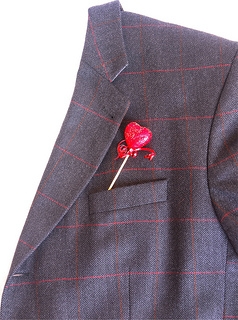
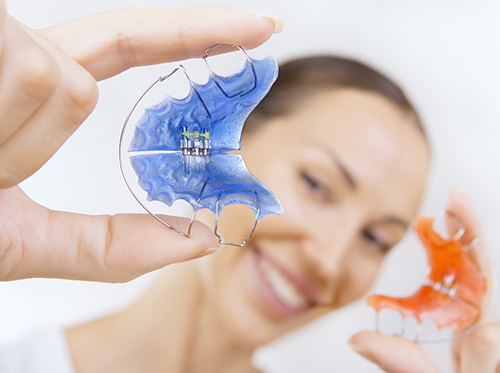











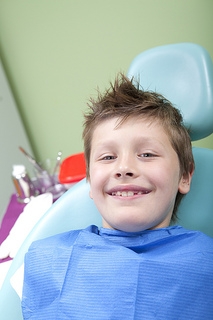














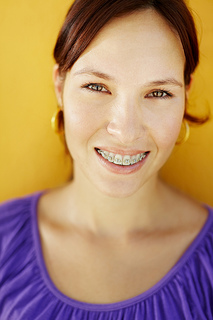










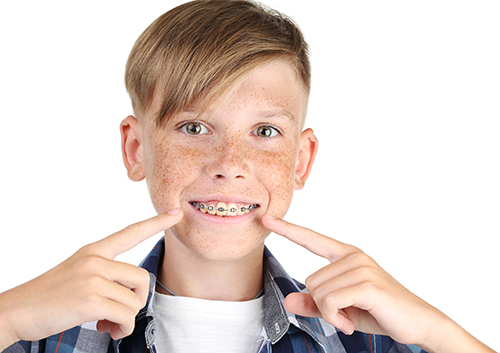


















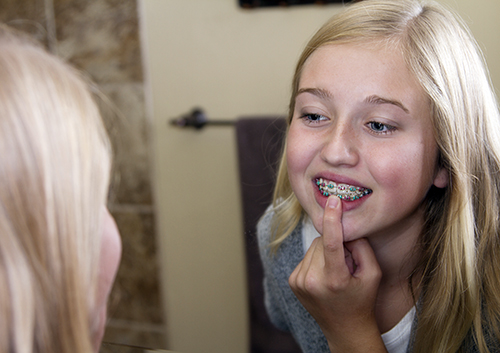



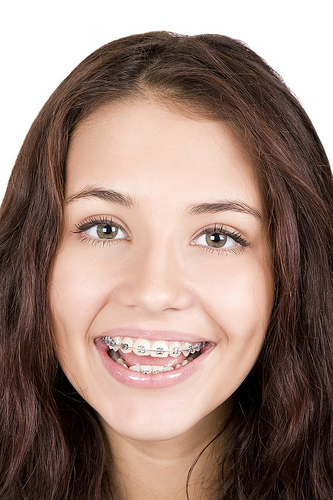





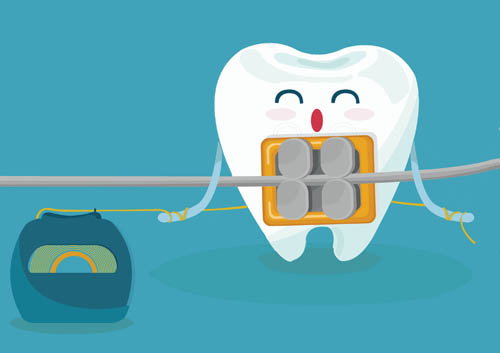
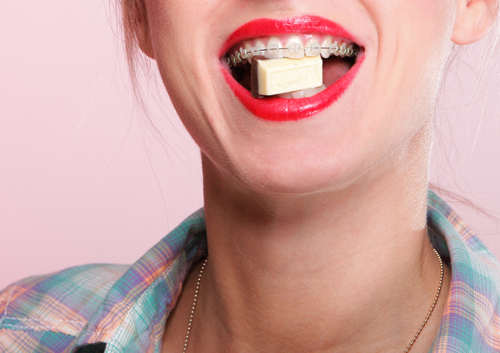


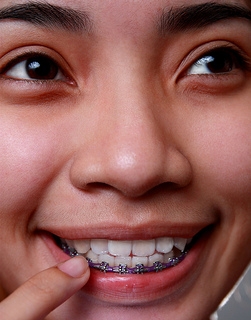


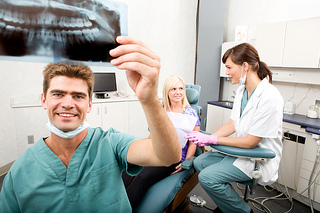






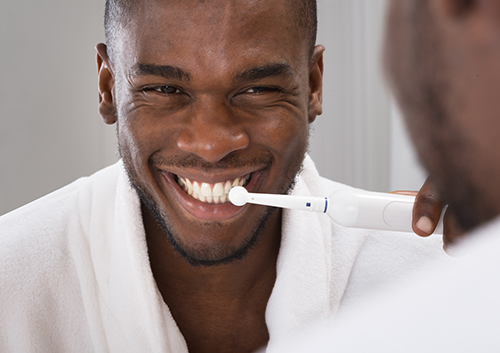

















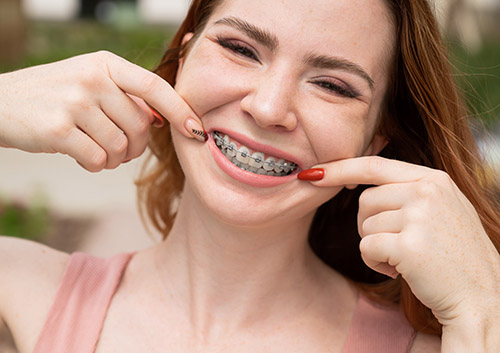






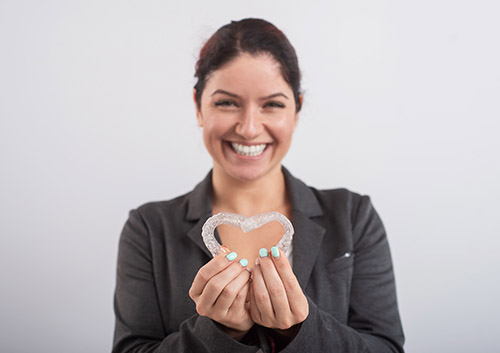
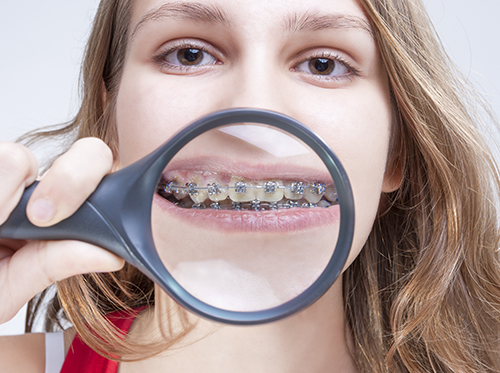


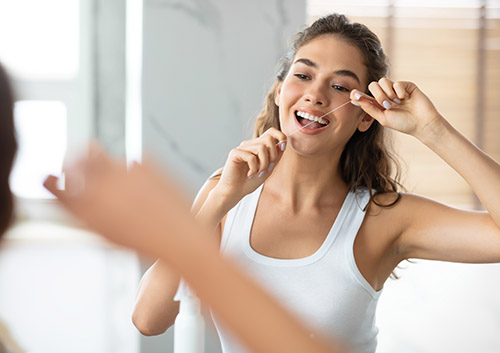
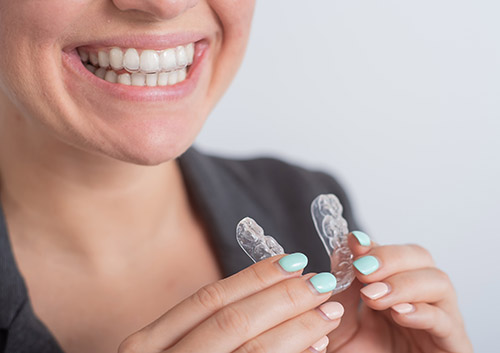
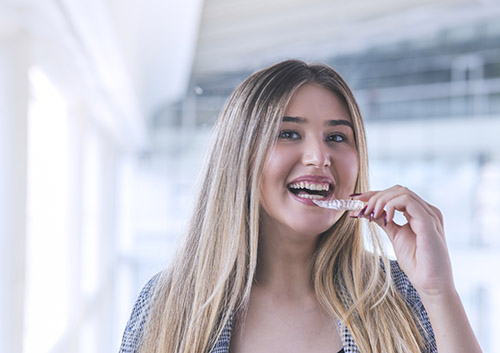











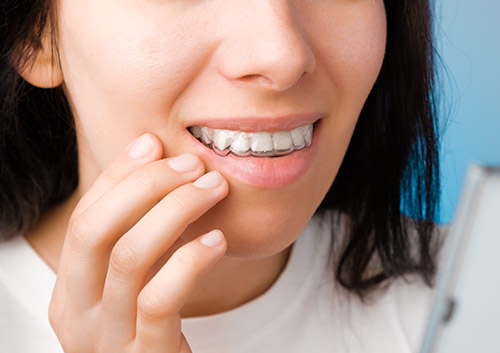










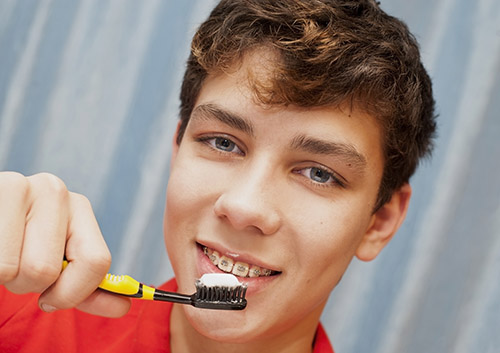
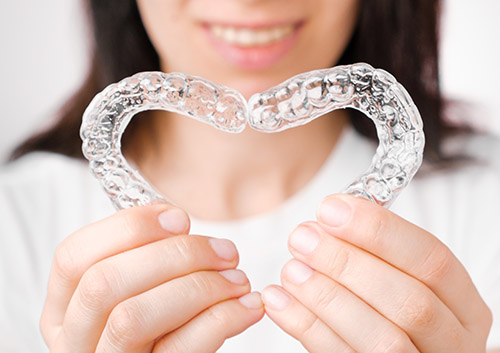

























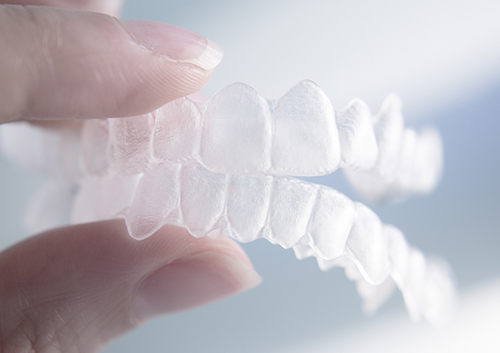






















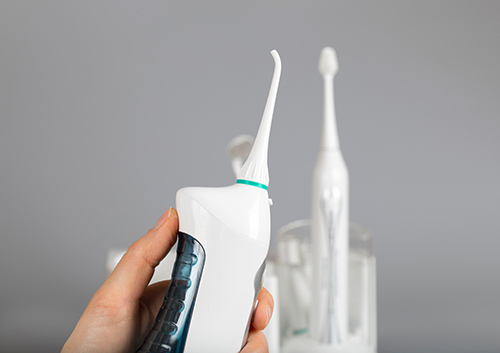
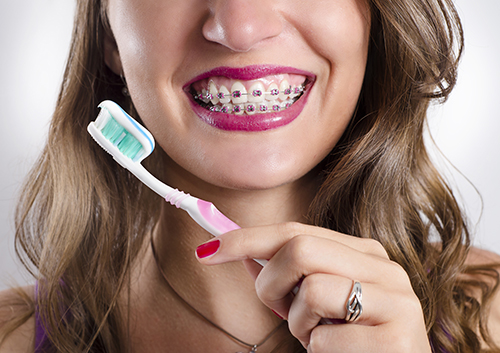





















































































































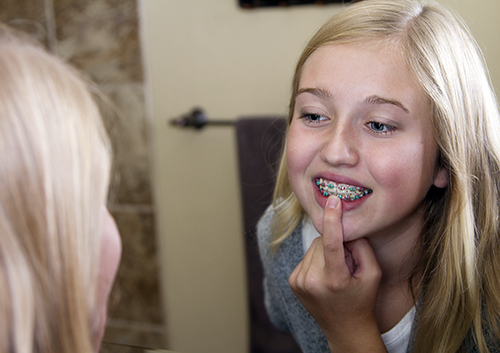
































































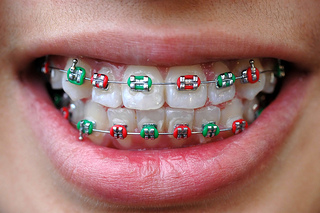
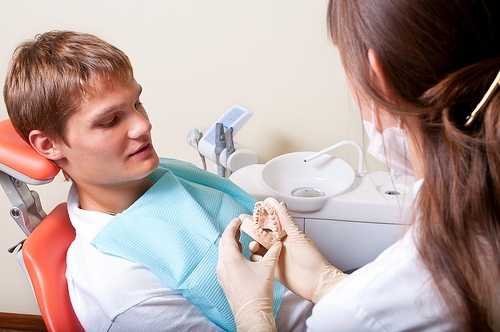



















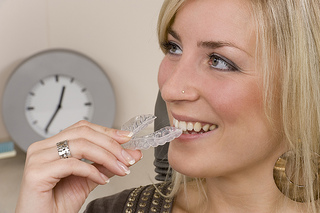



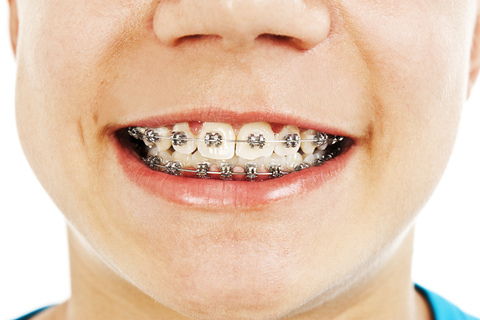









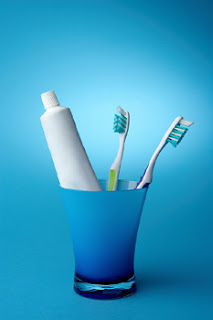













 We love October, and not just for the changing weather and Halloween excitement! It’s National Orthodontic Health Month.
We love October, and not just for the changing weather and Halloween excitement! It’s National Orthodontic Health Month.







 Adults who need orthodontic care often share the misconception that they are too old for braces and would rather not deal with the embarrassment. You are probably familiar with horror stories about rubber bands snapping, mishaps with kissing, and unsightly food sticking in metal braces. Many adults believe that braces are just for children, but they are neglecting all the benefits of correcting misaligned teeth. Braces may cause you to feel self-conscious, but they are temporary. Along with straightening your teeth, braces also provide the following benefits:
Adults who need orthodontic care often share the misconception that they are too old for braces and would rather not deal with the embarrassment. You are probably familiar with horror stories about rubber bands snapping, mishaps with kissing, and unsightly food sticking in metal braces. Many adults believe that braces are just for children, but they are neglecting all the benefits of correcting misaligned teeth. Braces may cause you to feel self-conscious, but they are temporary. Along with straightening your teeth, braces also provide the following benefits:








 Memorial Day weekend, a time to remember and honor the men and women lost while serving for our country. Memorial Day is also the unofficial start of summer, and for many folks getting out of town for three days after being cooped up in the classroom or the office spells sweet, sweet relief.
Memorial Day weekend, a time to remember and honor the men and women lost while serving for our country. Memorial Day is also the unofficial start of summer, and for many folks getting out of town for three days after being cooped up in the classroom or the office spells sweet, sweet relief.



 The number one goal of orthodontic treatment is to give you or your child a good bite, meaning straight teeth that work well with the teeth in the opposite jaw. A good bite makes it easier for you to eat, chew, and speak. It can enhance your dental health and your overall health, and may well improve your self-esteem. As a part of your comprehensive dental health care plan, orthodontic treatment can help you retain you teeth—and your smile—for a lifetime.
The number one goal of orthodontic treatment is to give you or your child a good bite, meaning straight teeth that work well with the teeth in the opposite jaw. A good bite makes it easier for you to eat, chew, and speak. It can enhance your dental health and your overall health, and may well improve your self-esteem. As a part of your comprehensive dental health care plan, orthodontic treatment can help you retain you teeth—and your smile—for a lifetime.

 Orthodontic treatment for adults is becoming more and more common. In fact, the number of adults getting braces has actually climbed 24 percent since 1996! More adults than ever are realizing that orthodontic treatment is not just for kids, and can help improve the aesthetics and health of a smile of any age! In society where appearance matters and can help make the difference between getting a job or a promotion, adults are choosing wisely to invest in orthodontic treatment.
Orthodontic treatment for adults is becoming more and more common. In fact, the number of adults getting braces has actually climbed 24 percent since 1996! More adults than ever are realizing that orthodontic treatment is not just for kids, and can help improve the aesthetics and health of a smile of any age! In society where appearance matters and can help make the difference between getting a job or a promotion, adults are choosing wisely to invest in orthodontic treatment.

 When you visit
When you visit  Invisalign clear aligners can be a great option for improving the look of your smile. At
Invisalign clear aligners can be a great option for improving the look of your smile. At  Monday, Feb. 20 marks Presidents’ Day, a day known for celebrating of both George Washington’s and Abraham Lincoln’s combined Birthdays. Presidents’ Day was created in 1971, when President Richard Nixon combined the birthdays of two of our most well-known presidents into one single federal holiday. Presidents' Day also marks a hard-earned day off from work and school for a lot of our patients at
Monday, Feb. 20 marks Presidents’ Day, a day known for celebrating of both George Washington’s and Abraham Lincoln’s combined Birthdays. Presidents’ Day was created in 1971, when President Richard Nixon combined the birthdays of two of our most well-known presidents into one single federal holiday. Presidents' Day also marks a hard-earned day off from work and school for a lot of our patients at  Your smile is totally unique, so the time you’ll need to spend undergoing orthodontic treatment will also be unique. Generally, orthodontic treatment will take about two years, and this is for good reason. During this time, your teeth will slowly move into their desired positions, leaving you with a great smile with as little discomfort as possible. Rushing treatment can result in a less than perfect smile with a greater chance of tooth movement after your treatment is complete. At
Your smile is totally unique, so the time you’ll need to spend undergoing orthodontic treatment will also be unique. Generally, orthodontic treatment will take about two years, and this is for good reason. During this time, your teeth will slowly move into their desired positions, leaving you with a great smile with as little discomfort as possible. Rushing treatment can result in a less than perfect smile with a greater chance of tooth movement after your treatment is complete. At  Each February for the past 62 years, the American Dental Association (ADA) has sponsored National Children's Dental Health Month to raise awareness about the importance of oral health. Developing good habits at an early age and scheduling regular dental visits helps children get a good start on a lifetime of healthy teeth and gums.
Each February for the past 62 years, the American Dental Association (ADA) has sponsored National Children's Dental Health Month to raise awareness about the importance of oral health. Developing good habits at an early age and scheduling regular dental visits helps children get a good start on a lifetime of healthy teeth and gums. While mouthwash is not an alternative to regular brushing and flossing, it can help keep your teeth and gums clean and healthy. There are several different types of mouthwashes available, and all of them will help do different things for your smile. The most common types of mouthwashes are:
While mouthwash is not an alternative to regular brushing and flossing, it can help keep your teeth and gums clean and healthy. There are several different types of mouthwashes available, and all of them will help do different things for your smile. The most common types of mouthwashes are: At
At  Great question!
Great question! Dr. Cassy Wiggins and our team know having an attractive smile puts a spring in your step—or two—as well as increases your self-confidence, no matter if you’re 14 or in your late forties. Smiling not only makes people happy and puts them in a good mood, doing it often can even help you live longer, according to previous studies!
Dr. Cassy Wiggins and our team know having an attractive smile puts a spring in your step—or two—as well as increases your self-confidence, no matter if you’re 14 or in your late forties. Smiling not only makes people happy and puts them in a good mood, doing it often can even help you live longer, according to previous studies! Even if you brush and floss daily, as well as maintain your braces and visit our office during your orthodontic treatment it is still important to visit your local dentist every 6 months, or as recommended.
Even if you brush and floss daily, as well as maintain your braces and visit our office during your orthodontic treatment it is still important to visit your local dentist every 6 months, or as recommended. Let’s face it- when was the last time you managed to keep a New Year’s resolution? We at Summit Orthodontics believe the key to sticking to a goal is picking one that is both reasonable and attainable. If you haven’t yet picked a New Year’s resolution, consider setting one that will improve your oral health!
Let’s face it- when was the last time you managed to keep a New Year’s resolution? We at Summit Orthodontics believe the key to sticking to a goal is picking one that is both reasonable and attainable. If you haven’t yet picked a New Year’s resolution, consider setting one that will improve your oral health! In this season given to tidings of comfort and joy, and as our team at
In this season given to tidings of comfort and joy, and as our team at  With winter sports right around the corner, many patients here at
With winter sports right around the corner, many patients here at  Dr. Cassy Wiggins and our team at
Dr. Cassy Wiggins and our team at 


 With the school year close to winding down for the winter holidays soon, at
With the school year close to winding down for the winter holidays soon, at  Happy Veterans’ Day! Today is a day to thank all military veterans and the men and women currently on active duty that put their lives on the line for the freedoms we all enjoy.
Happy Veterans’ Day! Today is a day to thank all military veterans and the men and women currently on active duty that put their lives on the line for the freedoms we all enjoy. Everyone loves fun facts. Fun, fun, fun! The American Association of Orthodontists, or AAO, has come up with some fun facts about orthodontics that our team at
Everyone loves fun facts. Fun, fun, fun! The American Association of Orthodontists, or AAO, has come up with some fun facts about orthodontics that our team at  Our friends at the American Association of Orthodontists (AAO) have put together a helpful list that outlines when you should call
Our friends at the American Association of Orthodontists (AAO) have put together a helpful list that outlines when you should call 
 Happy October! For those who don't know, it's
Happy October! For those who don't know, it's  Dr. Wiggins and her team at
Dr. Wiggins and her team at  Did you know one in every five orthodontic patients is an adult? We’re living longer and technology is improving, making orthodontic treatment an appealing and safe option for patients of all ages. As the trend toward treatment later in life grows, we’re seeing braces on parents as well as children – and even adult celebrities such as Tom Cruise, Gwen Stefani and Nicholas Cage have shown off their braces. It’s never too late to look and feel your best with Summit Orthodontics!
Did you know one in every five orthodontic patients is an adult? We’re living longer and technology is improving, making orthodontic treatment an appealing and safe option for patients of all ages. As the trend toward treatment later in life grows, we’re seeing braces on parents as well as children – and even adult celebrities such as Tom Cruise, Gwen Stefani and Nicholas Cage have shown off their braces. It’s never too late to look and feel your best with Summit Orthodontics! There are so many ways you protect your teeth throughout your orthodontic treatment at
There are so many ways you protect your teeth throughout your orthodontic treatment at  Who’s afraid of “metal mouth” and the appearance of braces? Not adults, apparently. Recently, our staff at
Who’s afraid of “metal mouth” and the appearance of braces? Not adults, apparently. Recently, our staff at  There are a variety of foods Dr. Wiggins wants you to avoid while you're wearing braces. Some foods can occasionally damage braces, but certain foods can bend the wires or even break the brackets on your braces. If you’re wearing braces, you should avoid starch, sugar and gummy foods, as these foods can be difficult to remove during brushing. Foods that are high in sugar and starch tend to cause plaque, cavities and even tooth decay.
There are a variety of foods Dr. Wiggins wants you to avoid while you're wearing braces. Some foods can occasionally damage braces, but certain foods can bend the wires or even break the brackets on your braces. If you’re wearing braces, you should avoid starch, sugar and gummy foods, as these foods can be difficult to remove during brushing. Foods that are high in sugar and starch tend to cause plaque, cavities and even tooth decay. It’s summer here at Summit Orthodontics, a season full of vacations, adventures and great memories. Whether you are headed to a barbecue, a camping trip, hitting America’s open roads or just having fun in the backyard, Dr. Wiggins and our team want to hear all about it! Leave a comment on our Facebook fan page and tell us about your summer!
It’s summer here at Summit Orthodontics, a season full of vacations, adventures and great memories. Whether you are headed to a barbecue, a camping trip, hitting America’s open roads or just having fun in the backyard, Dr. Wiggins and our team want to hear all about it! Leave a comment on our Facebook fan page and tell us about your summer! Summer is finally here, and that means it’s time for some refreshing recipes! Our friends at the American Association of Orthodontists (AAO) made an appetizing (and braces-friendly!) summer dish that is sure to delight. Remember, a healthy diet provides essential nutrients and helps you achieve the best possible result from your orthodontic treatment.
Summer is finally here, and that means it’s time for some refreshing recipes! Our friends at the American Association of Orthodontists (AAO) made an appetizing (and braces-friendly!) summer dish that is sure to delight. Remember, a healthy diet provides essential nutrients and helps you achieve the best possible result from your orthodontic treatment.

 Did you know that back in 2002, Tom Cruise had braces? During this time, he was 40 years old and filmed Minority Report, Austin Powers in Goldmember and the Last Samurai. Check out his smile in Jerry Maguire, Rain Man or The Firm and compare to the post-braces Tom Cruise in Valkyrie or Tropic Thunder. The fact is, movie stars need to look their best for the silver screen, and it wouldn't be possible without orthodontists like Dr. Wiggins.
Did you know that back in 2002, Tom Cruise had braces? During this time, he was 40 years old and filmed Minority Report, Austin Powers in Goldmember and the Last Samurai. Check out his smile in Jerry Maguire, Rain Man or The Firm and compare to the post-braces Tom Cruise in Valkyrie or Tropic Thunder. The fact is, movie stars need to look their best for the silver screen, and it wouldn't be possible without orthodontists like Dr. Wiggins.
 Summer is here! Kids and adults alike will be spending more time outside being active and enjoying the hotter temperatures. What’s better on a hot summer day than a delicious treat that will cool you down after doing something active in the summer sun? Luckily, our friends at the American Association of Orthodontists (AAO) have just the thing, Watermelon Sorbet! You can find the complete recipe below:
Summer is here! Kids and adults alike will be spending more time outside being active and enjoying the hotter temperatures. What’s better on a hot summer day than a delicious treat that will cool you down after doing something active in the summer sun? Luckily, our friends at the American Association of Orthodontists (AAO) have just the thing, Watermelon Sorbet! You can find the complete recipe below: Dr. Wiggins will tell you that keeping your teeth clean is more important than ever when you have braces. Food bits have more spots than usual to hide in your mouth, so you must be diligent in order to avoid bad breath, swollen gums, discolored teeth and cavities. If you remove plaque regularly during treatment, you'll experience better results and could possibly reduce your treatment time.
Dr. Wiggins will tell you that keeping your teeth clean is more important than ever when you have braces. Food bits have more spots than usual to hide in your mouth, so you must be diligent in order to avoid bad breath, swollen gums, discolored teeth and cavities. If you remove plaque regularly during treatment, you'll experience better results and could possibly reduce your treatment time. True orthodontic emergencies are very rare, but when they do occur we are available to you. As a general rule, you should call the office when you experience severe pain or when you have a painful appliance problem that you can't take care of yourself. We’ll be able to schedule an appointment with Dr. Wiggins.
True orthodontic emergencies are very rare, but when they do occur we are available to you. As a general rule, you should call the office when you experience severe pain or when you have a painful appliance problem that you can't take care of yourself. We’ll be able to schedule an appointment with Dr. Wiggins. According to the American Dental Association, a person's smile outranked eyes, hair and body as the most important physical feature, which is why it's important for our team at
According to the American Dental Association, a person's smile outranked eyes, hair and body as the most important physical feature, which is why it's important for our team at  You just got braces at
You just got braces at  With the school year close to winding down for a lot of our patients at
With the school year close to winding down for a lot of our patients at  To better serve our patients at Summit Orthodontics with the highest quality orthodontic care available,
To better serve our patients at Summit Orthodontics with the highest quality orthodontic care available,  Did you know the month of May is designated National Physical Fitness and Sports Month? In 1983, President Ronald Reagan encouraged Americans to incorporate more physical activity into their lives, and the reminder is even more significant in this day and age, as kids everywhere are distracted more and more by television, social networking and video games. Kids living an active lifestyle can improve their health, productivity and overall well-being, and best of all? It doesn’t have to take a lot of time!
Did you know the month of May is designated National Physical Fitness and Sports Month? In 1983, President Ronald Reagan encouraged Americans to incorporate more physical activity into their lives, and the reminder is even more significant in this day and age, as kids everywhere are distracted more and more by television, social networking and video games. Kids living an active lifestyle can improve their health, productivity and overall well-being, and best of all? It doesn’t have to take a lot of time!









